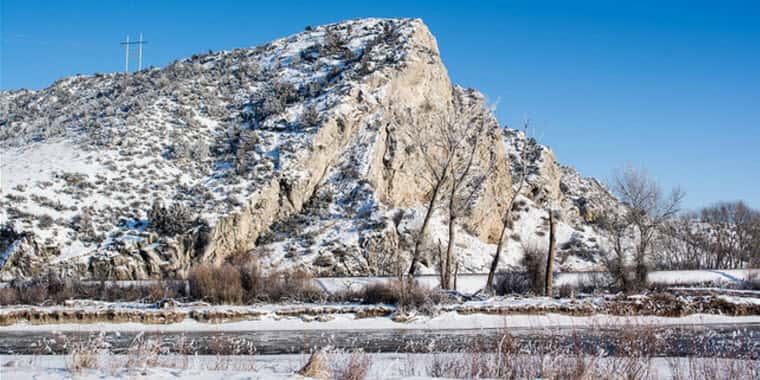Bozeman, Mont., Jan. 19, 2016—The USDA Natural Resources Conservation Service (NRCS) has allocated $1.1 million for conservation practices that mitigate the impacts of drought in the Missouri Headwaters Basin of Montana.
“NRCS’s investment in drought preparedness in the upper Missouri gives a fantastic boost to the NDRP demonstration project,” said John Tubbs, director of Montana’s Department of Natural Resources and Conservation. “This is exactly the opportunity the State was aiming for when Governor Bullock agreed to partner with nine federal agencies to better prepare for drought. NRCS’s investment and strong working relationship with agricultural landowners and the excellent work of locally led watershed groups will allow us to bring real results to the plans being put in place to prepare our communities for the droughts of the future.”
NRCS is targeting financial assistance through its Environmental Quality Incentives Program (EQIP) to the area designated as part of the National Drought Resiliency partnership in 2014, which provides a mechanism for state, federal and local entities to work together to improve drought preparedness. The area is upstream of the confluence of the Madison, Gallatin, and Jefferson rivers in southwestern Montana.
While NRCS accepts applications for EQIP on a continuous basis, NRCS has set a deadline of Feb. 19, 2016, to apply for 2016 funding.
NRCS will accept applications from landowners interested in practices that will increase water conservation; improve riparian, floodplain, and water management; and promote upland management conservation. Specifically, those practices could include improvements to irrigation infrastructure and efficiency, improvements in water storage capacity and off-stream stockwater tanks, and soil health practices to increase soil moisture holding capacity.
EQIP offers financial and technical assistance to eligible participants to install or implement structural and management practices on eligible agricultural land. Conservation practices must be implemented to NRCS standards and specifications. In Montana, socially disadvantaged, limited resource, and beginning farmers and ranchers will receive a higher payment rate for eligible conservation practices applied.
Applicants that operate as an entity are required to have a DUNs number and have that number registered with SAM.gov prior to submitting their application for consideration.
For more information about EQIP, or other programs offered by NRCS, please contact your local USDA Service Center or visit www.mt.nrcs.usda.gov.
Source: Montana NRCS



